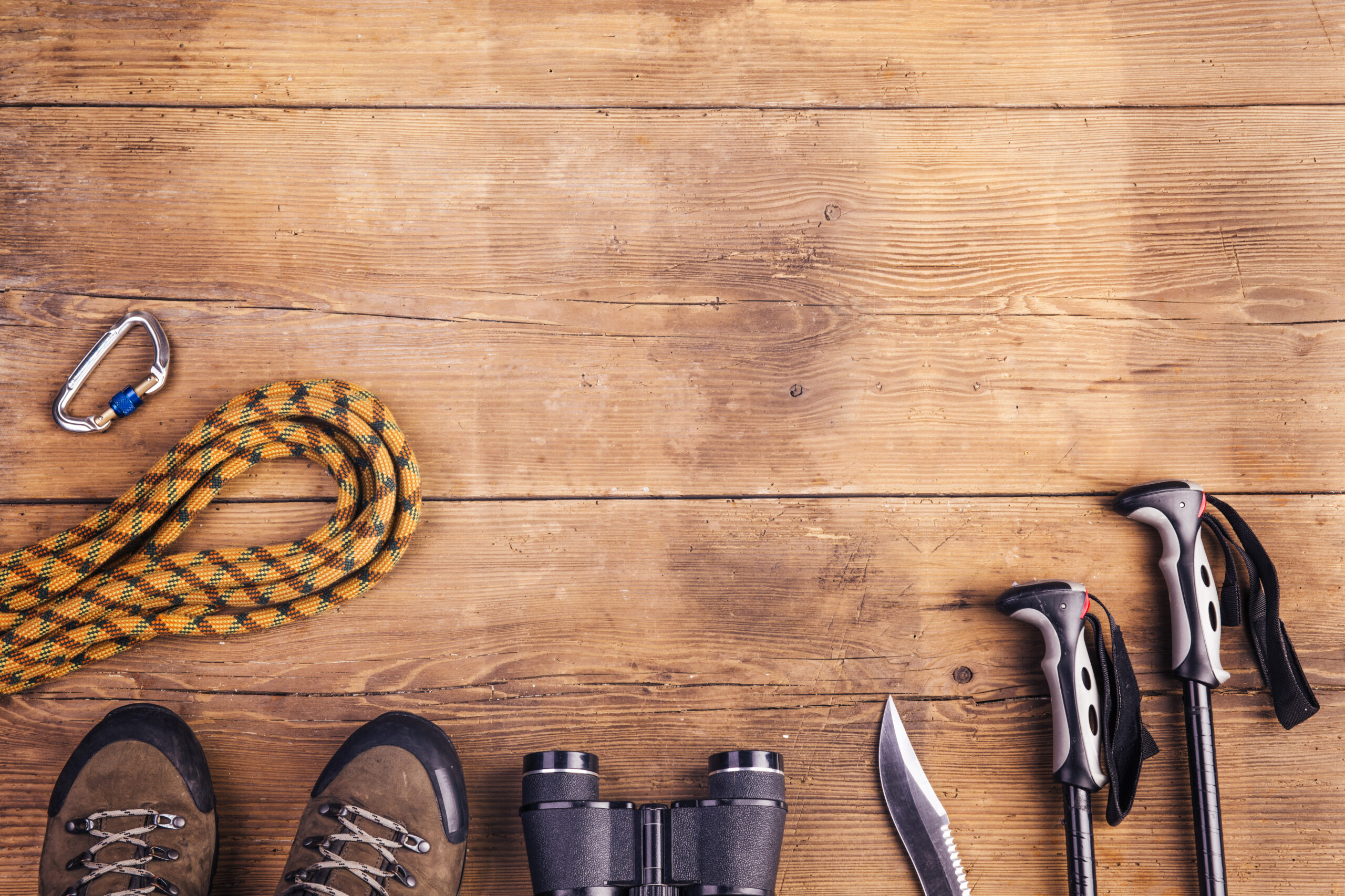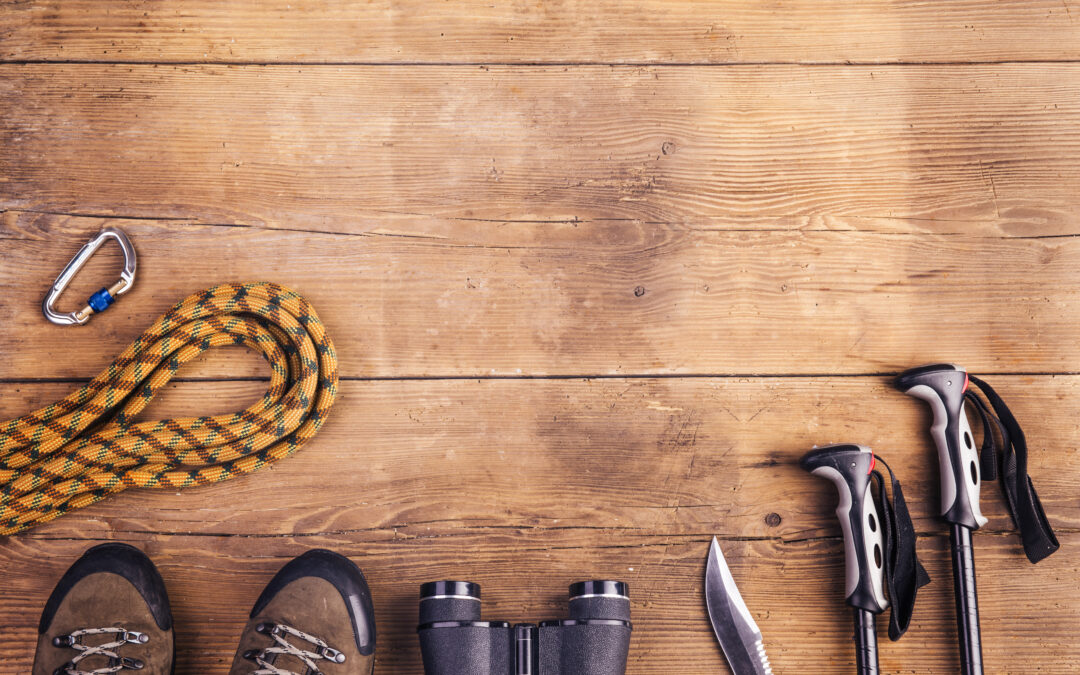In an unpredictable world, emergencies can strike when we least expect them. Whether it’s a natural disaster, health crisis, or any unforeseen event, being prepared can make a significant difference. The importance of emergency preparedness cannot be overstated; it empowers individuals and communities to respond effectively, ensuring safety and minimizing chaos during crises.
To begin your journey towards preparedness, you must assess your risks. Different regions face unique threats—be it hurricanes, earthquakes, floods, or wildfires. Take time to evaluate the specific dangers that loom over your area and consider personal vulnerabilities like health conditions or mobility challenges within your household. Understanding these risks is the first step in tailoring an effective response plan.

Once you’ve identified potential threats, it’s crucial to create a comprehensive emergency plan. This plan should outline essential procedures for various scenarios: how to evacuate safely if needed, where to meet family members during a crisis, and what roles each person will play in an emergency situation. Designate safe zones both inside and outside your home and ensure everyone understands evacuation routes. Moreover, include plans for pets as they are often overlooked in emergencies.
Next on the list is building an emergency supply kit—this could be the lifeline you need when disaster strikes. Your kit should contain vital items such as non-perishable food, water (one gallon per person per day), flashlights with extra batteries, first aid supplies, necessary medications, hygiene products, and important documents stored securely in waterproof bags. Consider adding items like a multi-tool or whistle; small additions can enhance functionality significantly during stressful times.
Effective communication plays a pivotal role during any crisis; establishing a contact network ensures that everyone stays informed and connected when things go awry. Designate one or two individuals outside of your immediate area who can serve as points of contact for family members scattered across different locations. Use text messages rather than calls during emergencies whenever possible; texts can bridge communication gaps that phone lines often experience under stress.
In addition to setting up these frameworks for communication and coordination among loved ones, regularly reviewing and updating your emergency strategies is essential. Emergencies evolve over time—new threats emerge while others may diminish—and so should your preparedness plans. Conduct routine drills that simulate different scenarios so everyone knows their role instinctively when real events unfold. Furthermore, keep track of expiration dates on food and medications in your supply kit and refresh items as necessary.
Thank you for reading this post, don't forget to subscribe NOW for FREE!
Ultimately, planning for the unexpected requires foresight and diligence but pays off immensely when faced with uncertainty. By understanding risks specific to your situation, creating tailored action plans, building reliable supply kits while keeping communication channels open among loved ones—and revisiting these strategies regularly—you equip yourself with tools not just for survival but also peace of mind amidst chaos.
Stay informed about local resources available during emergencies—community groups often host workshops on preparation techniques or distribute free materials about local hazards. Remember: Preparedness isn’t solely an individual responsibility; community resilience greatly enhances overall safety! So take action today because tomorrow might surprise us all!






